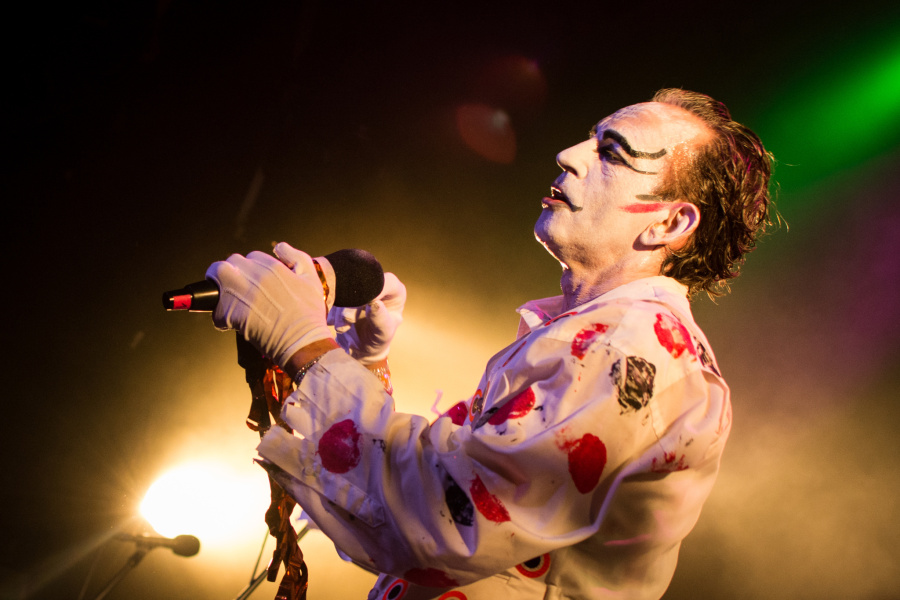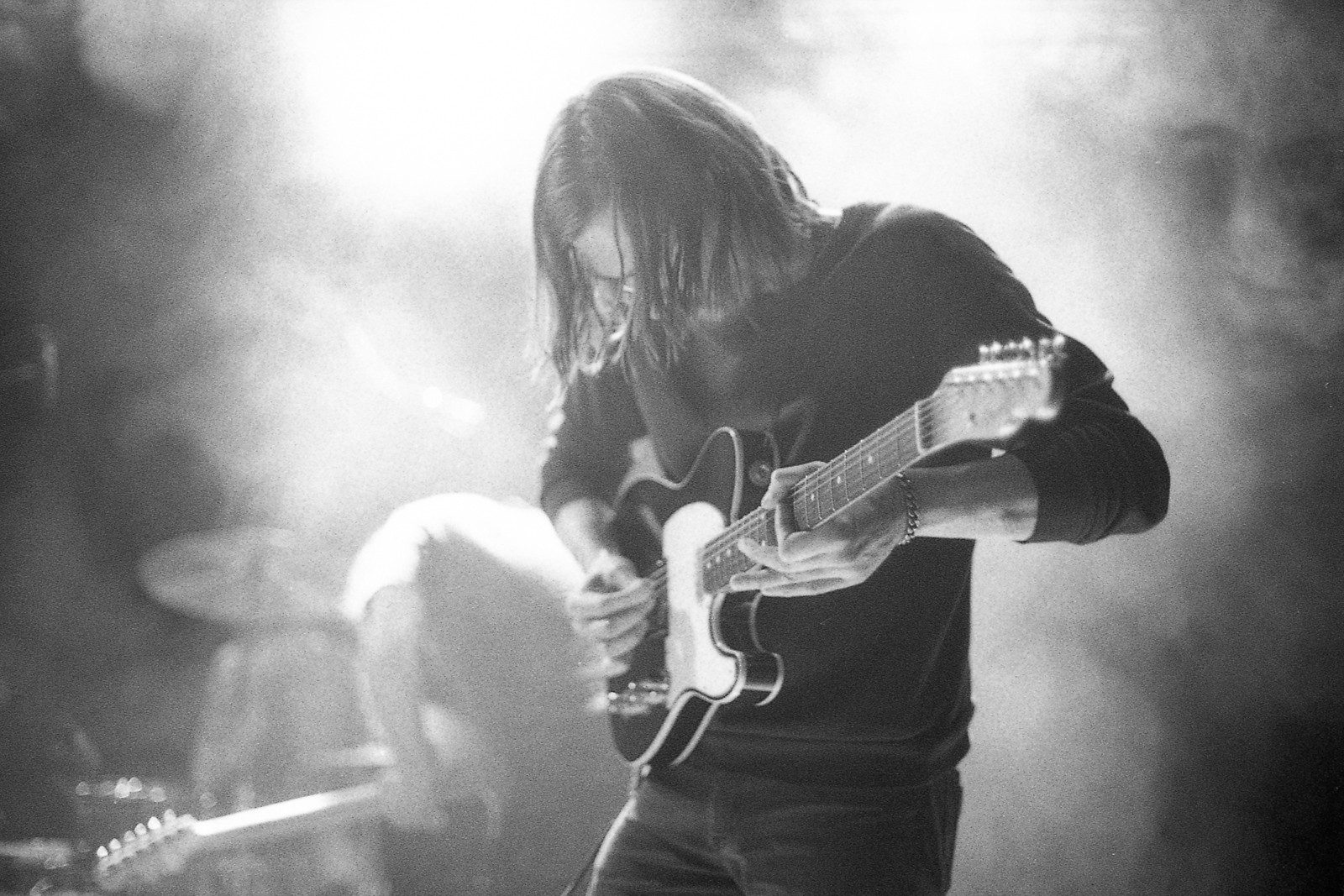If you are looking forward to learn how to dance the whip, then it is a good idea to learn from someone who lives in industrialized nations. Dancing is a social activity that was first originated from the rural African regions and has been shown to have roots that go back for thousands of years. In fact, the origins of polo and its many variants can be traced back to Africa. The first known reference to this particular dance in Sanskrit is from the Rig Veda, the oldest of the Hindu books. It can also be found in the Mahabharata Purana, one of the older Bhartas.
The history of how this particular dance came about is not clear: However, a hypothesis proposed by American anthropologist Alan Barnard in his book “The Decline of Cooperation” suggests that the behavior may have originated during the colonial era. In these times, Europeans forcibly removed people from their native countries, especially those who were considered weak. In these cases, these people were forced to leave their villages and travel far to the north in order to find work. In most cases, these people were tricked into working in factories or other places where they were forced to perform hard labor. While some of these people escaped, others were killed and their bodies were sold as slaves to wealthy people in the colonialist era.
When these people returned to their homeland: they created a new form of dance that incorporated movements from other cultures. Eventually, this evolved into what is called Nae. This dance, which is still popular today, usually incorporates the movements of the hips, the feet, and the hands in order to portray an array of emotions, most notably, desire, longing, and love.
This dance is closely related to other types of dances: that are performed all over the world, such as Zumba, hip-hop, ballet, ballroom, folk, modern, and many more. Nae is closely related to the hip hop dance from Africa, which was developed in Los Angeles, California. This dance style was originally created by groups of African-American and Latino men who wanted to express themselves and express their culture. The popularity of this dance style has grown tremendously over the past decade, especially as a result of the environmental issues that have been gaining increased attention in the media. Many people have taken notice of the beauty and artistry of dancers who are able to continue to perform despite the many environmental threats that we face today. Dancers such as Laurynas and Enya are able to continue to perform despite increasing amounts of global warming.
Another way: that this dance can help us adapt to changes in the environment is by telling our stories. Climate change affects us all and by telling our stories and doing our own part to save the environment, we can feel connected to what we are doing. Many people have been telling their own stories about the effects of CO2 and climate change in their daily lives. Many children in the poorest communities of the world have been inspired to continue their studies and work to stop this problem.
Another way: to tell our stories and our fight against climate change is through renewable energy sources. Renewable energy sources like wind power have become increasingly popular recently as people have discovered that they are more cost efficient and that they are also more environmentally friendly. Wind power does not cause pollution, so it does not need to be harmful to the earth. Wind power can power entire villages and is a great way to provide electricity for people who cannot afford to purchase more expensive energy sources.
As the need for renewable energy grows, people living in poverty will find that they can no longer survive without the basic needs of life.




